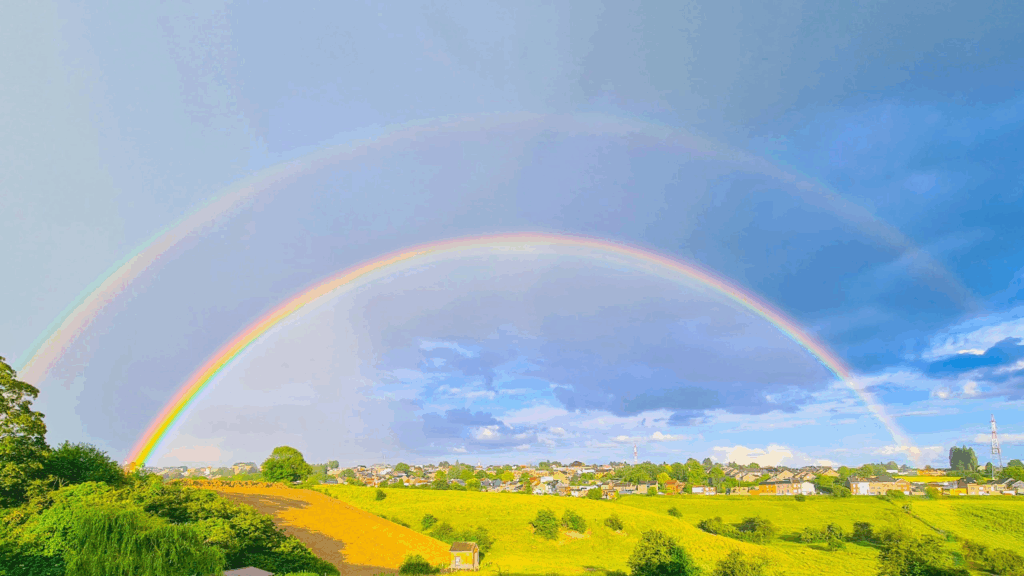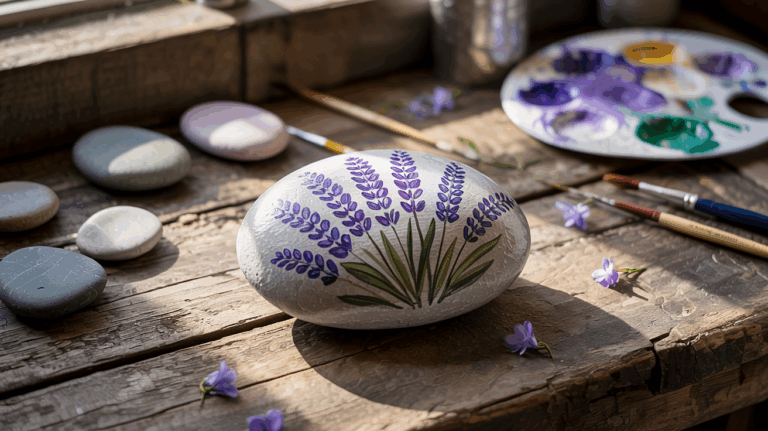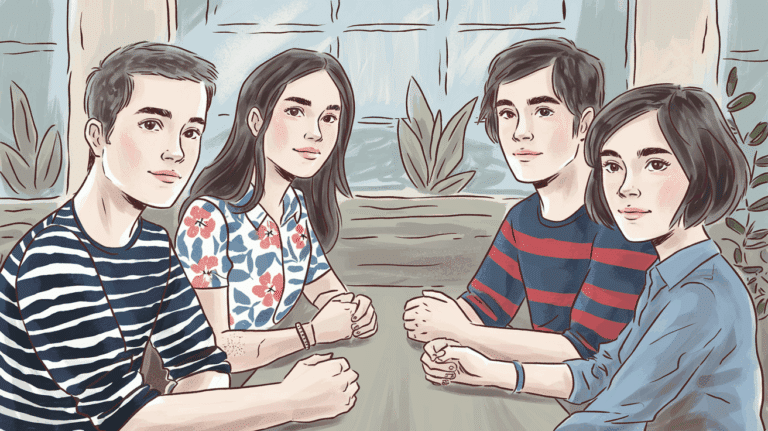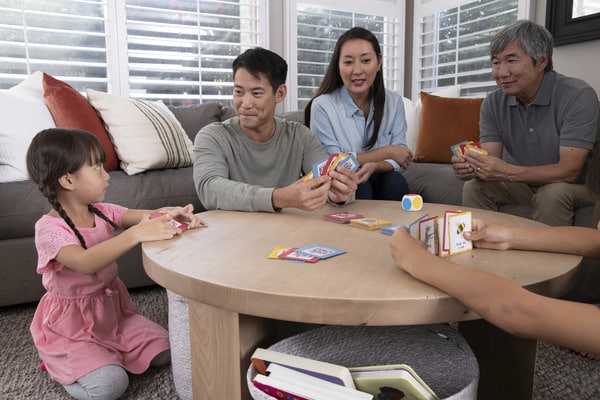Looking for facts about rainbows that go beyond the basics? Most of us know that rainbows appear after rain when the sun comes out.
We’ve all heard the stories about pots of gold and lucky charms. But there’s a whole world of rainbow science and folklore that’s pretty amazing.
Many People are interested in these colorful arcs in the sky. And trust me, rainbows are way more complex and interesting than most people realize.
There’s actual physics behind why no two people see the same rainbow, and why you can never reach the end of one.
That’s why these 22 surprising facts about rainbows will change how you see these natural wonders. Ready to see rainbows in a whole new light?
The Meaning and Symbolism of Rainbows
Rainbows are beautiful natural wonders that appear when sunlight passes through rain or other water droplets. But they aren’t just pretty to look at — they hold special meanings and symbols in many cultures.
Symbolism of Rainbows:
- Hope and Promise: In many cultures, rainbows are seen as symbols of hope. For example, the rainbow is often used in stories as a sign that things will get better, like in the story of Noah’s Ark in the Bible, where a rainbow was sent as a promise that the world would never again be flooded.
- Peace and Harmony: Some people see rainbows as symbols of peace. The idea is that a rainbow brings all the colors of the spectrum together, showing how different things can come together in harmony.
- Connection to the Divine: In many cultures, rainbows are seen as a connection between the Earth and the heavens. In some Native American cultures, for example, a rainbow can represent a bridge between people and the spirit world.
- Joy and Beauty: Around the world, rainbows are simply enjoyed for their beauty and the joy they bring when they appear in the sky after a storm.
The Amazing Science That Makes Rainbows Appear
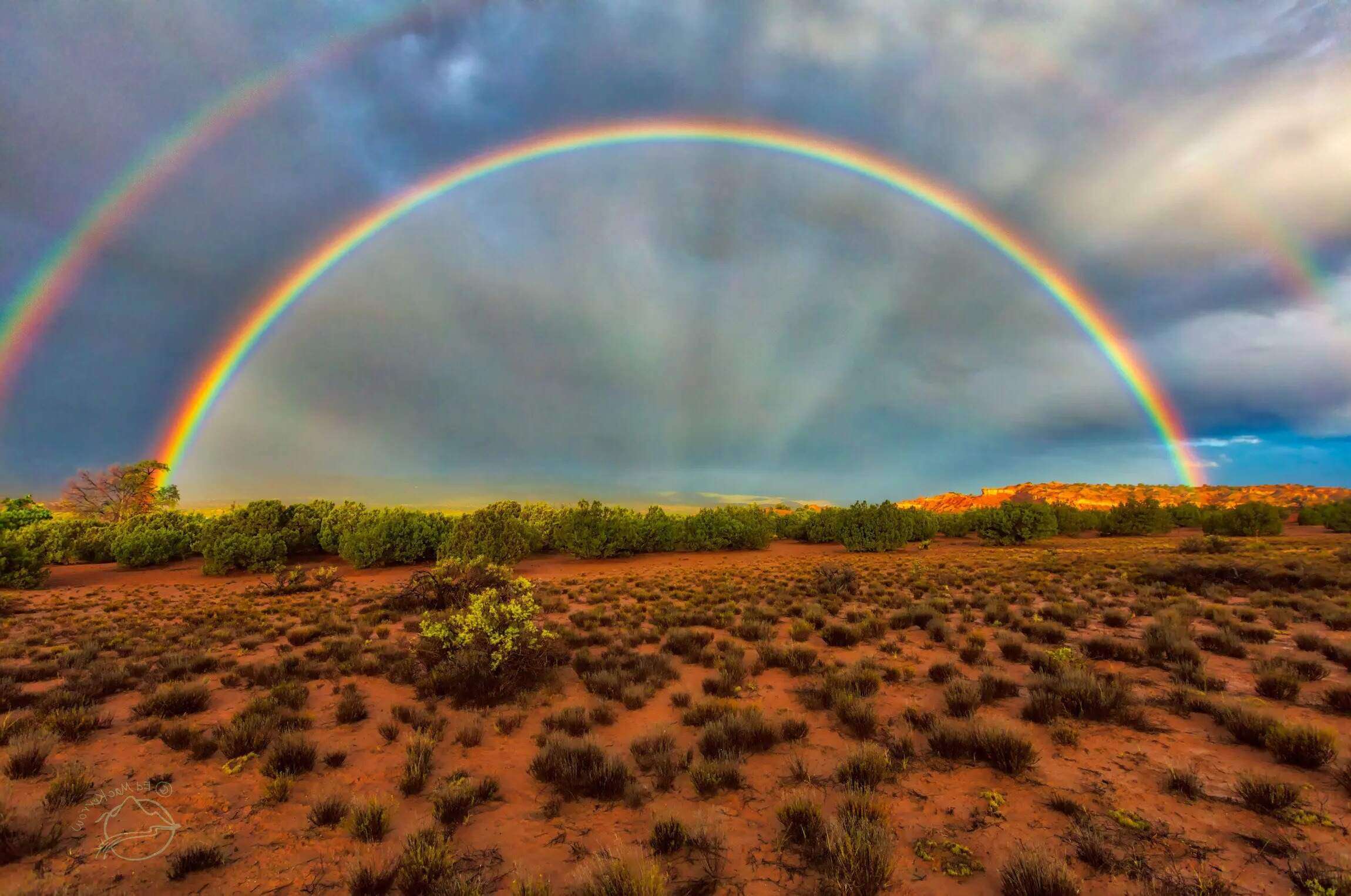
Have you ever seen a rainbow and wondered how it forms? It seems like magic when these colorful arcs show up in the sky. But there’s actually cool science behind rainbows! Let’s find out how they work.
What Makes a Rainbow
For a rainbow to appear, you need two main things:
- Sunlight
- Water droplets in the air
These two things must come together at just the right time. That’s why rainbows often appear after rain when the sun comes out.
How Light Creates Colors
Sunlight might look white, but it’s actually made of all the colors mixed together. When sunlight hits a raindrop, something amazing happens:
- The light goes into the raindrop
- The raindrop bends the light (this is called “refraction”)
- The white light splits into all its colors
- The colors reflect off the inside of the raindrop
- The light bends again when it leaves the raindrop
- The colors spread out into the air
Each color bends at a slightly different angle. Red bends the least, and violet bends the most. That’s why red is always on the outside of the rainbow, and violet is on the inside.
The Rainbow Shape
Rainbows are always curved in a circle or arc shape. This happens because all the raindrops that reflect light at the same angle form a circle in the sky.
From the ground, we usually see just half of this circle – the arc. But if you’re in an airplane, you might see a complete circle rainbow!
The Perfect Rainbow Angle
There’s a special angle for seeing rainbows – 42 degrees. This means the sun needs to be behind you, and the rain needs to be in front of you. The rainbow forms at a 42-degree angle from the line between your head and its shadow.
That’s why rainbows are always in the opposite part of the sky from the sun.
Fun and Surprising Facts About Rainbows You Didn’t Know
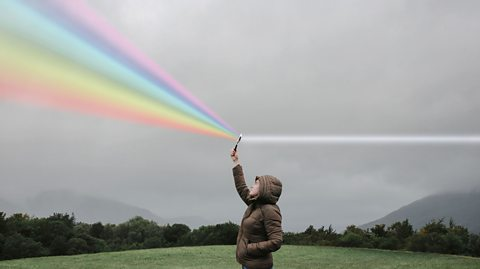
-
Rainbows are optical illusions, meaning they don’t exist in a fixed location in the sky.
-
A rainbow is actually a full circle, but the ground usually obstructs the bottom half.
-
The colors of the rainbow always appear in the same order: red, orange, yellow, green, blue, indigo, and violet.
-
The angle at which you view a rainbow is typically 42 degrees from the direction of the sun.
-
A rainbow can only occur when there are water droplets in the air, such as during or after a rainstorm.
-
Sometimes, you can see a double rainbow. This happens when light is reflected twice inside water droplets.
-
The colors in a rainbow appear due to different wavelengths of light being bent by water droplets.
-
Rainbows are created when sunlight passes through water droplets, bends (refraction), reflects off the back surface, and exits, causing the light to spread out.
-
The color red has the longest wavelength in a rainbow, while violet has the shortest.
-
The rare phenomenon of a moonbow can occur at night when the moon’s light creates a rainbow in mist or water droplets.
-
A supernumerary rainbow is a fainter extra arc that can sometimes appear inside the main rainbow.
-
Although it seems like a rainbow is a physical object, it’s just an illusion created by light interacting with water droplets.
-
Some rainbows can have unusual colors, like red rainbows, which can happen during certain atmospheric conditions, like a lot of dust or smoke in the air.
-
The light inside a rainbow’s colors is bent at different angles, which is why we see separate colors instead of just white light.
-
There are rainbows that can appear at dawn or dusk, where the sun is lower in the sky and the colors are more vivid.
-
Ancient Greek philosophers believed that rainbows were messages from the gods, acting as a bridge between the Earth and heaven.
-
The largest rainbow ever recorded occurred in 2017 in Taiwan and lasted for 9 hours.
-
Different cultures view rainbows in different ways, from symbols of hope to omens of good fortune.
-
The term “rainbow” comes from the Old English word “regnbeam,” meaning “rain beam.”
-
While rainbows are mostly associated with sunlight, you can also see them in artificial lights, such as during a sprinkler shower.
-
Some people believe that if you see a rainbow, it brings good luck or that you’ll soon find happiness.
-
Even though we only see rainbows on Earth, they can appear on other planets or moons with the right conditions—if there’s liquid water and a light source.
The Seven Colors of The Rainbow: What Does VIBGYOR Mean
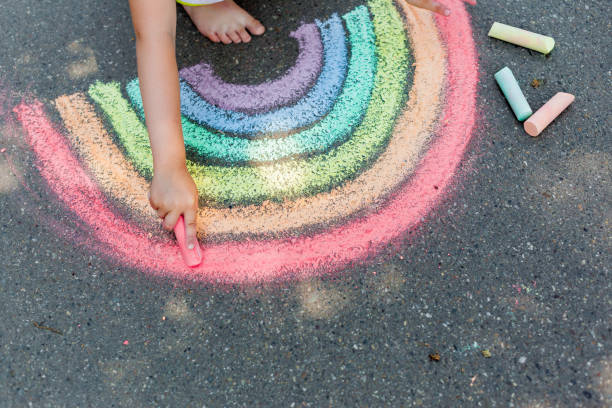
Rainbows fill the sky with beautiful colors after a rain shower. While they may look like they have many shades, rainbows actually have seven main colors. Let’s look at each of these colors and what makes them special.
The seven colors of the rainbow always appear in the same order: red, orange, yellow, green, blue, indigo, and violet. Many people use the name “ROY G. BIV” to help remember this sequence.
Each color has its own place in the rainbow because of how light bends through water droplets. Red always sits at the top of the arc, while violet appears at the bottom.
Why Seven Colors?
Isaac Newton first identified the seven-color model in 1672. Before that, many cultures recognized only five or six rainbow colors. Newton chose seven partly because he believed this number had special importance in natural patterns.
Some modern scientists prefer to describe rainbows as having just six main colors, combining indigo with violet or blue.
Red: The Outer Edge
Red is the first color you see at the outer edge of the rainbow. It has the longest wavelength of all rainbow colors (about 700 nanometers). This long wavelength is why red bends the least when passing through raindrops.
Red is also one of the most visible rainbow colors, making it easy to spot even from far away.
Orange: The Warm Blend
Orange sits between red and yellow in the rainbow. It forms when red and yellow light wavelengths overlap. With a wavelength of about 620 nanometers, orange gives the rainbow a warm, bright section.
While not as easy to see as red from a distance, orange adds depth to the rainbow’s color band.
Yellow: The Bright Middle
Yellow appears as the third color from the top. Its wavelength measures around 580 nanometers. Yellow is one of the brightest colors in the rainbow, making this section stand out clearly against the sky.
Many people notice the yellow band first because our eyes are very sensitive to this bright color.
Green: The Center Color
Green marks the middle of the rainbow with its wavelength of about 530 nanometers. This color connects the warm colors (red, orange, yellow) with the cool colors (blue, indigo, violet).
The green section often appears wider than other color bands in the rainbow.
Blue: The Cool Shift
Blue follows green with a wavelength of roughly 475 nanometers. The blue section marks where the rainbow shifts to the cooler color spectrum.
Blue can sometimes be harder to distinguish from indigo, especially in faint rainbows.
Indigo: The Deep Blue
Indigo sits between blue and violet with a wavelength around 445 nanometers. This deep blue-purple color is often the hardest to see in a rainbow.
Some scientists debate whether indigo should be counted as a separate rainbow color, as it can blend with blue and violet.
Violet: The Inner Edge
Violet forms the inner edge of the rainbow. With the shortest wavelength of about 400 nanometers, violet light bends the most when passing through water droplets.
This purple shade completes the ROYGBIV sequence and creates a beautiful finish to the rainbow’s color display.
Busting Myths: Common Misconceptions About Rainbows
1. You can find the end of a rainbow.
Myth: It’s said that there’s a “pot of gold” at the end of the rainbow.
Fact: A rainbow doesn’t have a fixed location—it’s an optical illusion that changes depending on where you stand. You can never actually reach the end.
2. Rainbows only appear after rain.
Myth: People believe rainbows only form after a rainstorm.
Fact: While rain is common for rainbow formation, they can also appear in mist, spray from waterfalls, or fog when sunlight hits the droplets.
3. A rainbow has seven distinct colors.
Myth: Many think a rainbow always has seven clear colors: red, orange, yellow, green, blue, indigo, and violet.
Fact: The spectrum is continuous, and the number of visible colors can vary. Some people have trouble distinguishing indigo, and the colors blend smoothly into one another.
4. Rainbows are created by light reflecting off water droplets.
Myth: It’s often thought that rainbows form because sunlight reflects off water droplets.
Fact: The main process behind a rainbow is refraction (bending) of light as it passes through the water droplet, not just reflection.
5. Rainbows always form in a straight line.
Myth: Many believe that rainbows are straight across the sky.
Fact: A rainbow actually forms in a circular arc, but the ground typically blocks the lower half, so we only see a semicircle.
6. A double rainbow is a rare event.
Myth: Double rainbows are considered a rare or magical phenomenon.
Fact: Double rainbows occur whenever light is reflected twice within a water droplet. They are not as rare as people think and can often be seen when conditions are right.
7. You can create a rainbow with a hose.
Myth: Some people think you can easily make a rainbow by spraying water with a hose.
Fact: While a hose can create tiny water droplets that reflect light, a true rainbow requires sunlight at a specific angle and larger droplets to form a full spectrum of colors.
The Bottom Line
Rainbows represent more than just beautiful displays of light and color in our sky. They’re scientific wonders that connect physics, meteorology, and optics in a spectacular natural show.
From their perfect circular shape that we rarely see complete to the specific 42-degree angle needed for their formation, facts about rainbows remind us how remarkable our world truly is.
Next time you spot a rainbow after a rain shower, you’ll appreciate it with new eyes.
You’ll know why no two people see exactly the same rainbow, why you can never reach its end, and how those seven bands of color come together in perfect harmony.

